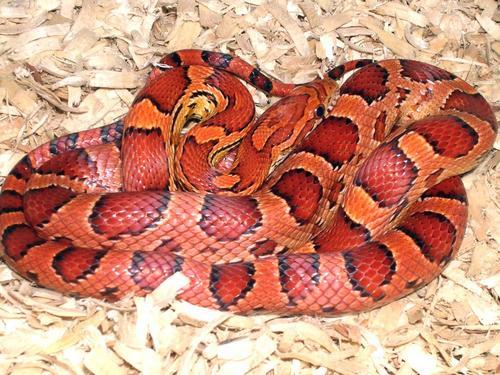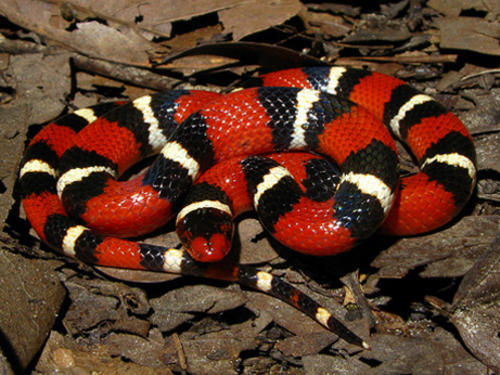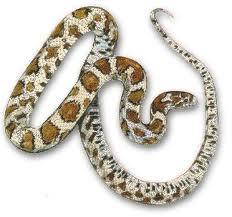Choosing a Pet Snake
|  |
 | An important rule is to buy your first snake from a reputable dealer or pet shop, don¿t be tempted to keep a snake captured from the wild, as these tend to lose condition easily and are more prone to disease As a first time snake owner, you should stay away from large constricting snakes and venomous snakes. These certainly fit into the exotic category, but leave them until you have more experience. Stick to a hardy, small species that does not intimidate you. Three good starter species are the corn snake, the milk snake and the king snake. All of these are indigenous to North America and all make good pets, as they are all resilient and easy to care for. Snakes need a comfortable and clean home. Your vivarium should always have a good substrate base material, an ideal mixture includes compost, leaf litter, vermiculite and soil. A natural mixture such as this will help to break down any waste products and reduce the need for cleaning. A glass vivarium is best, both for durability and to enable you to observe your snake. |
| Introduce natural rocks and branches to provide an environment that replicates where your snake would live in the wild. Snakes belong to a group of creatures named ectotherms, which means they regulate their body temperature from external heat sources. You need to ensure that your vivarium is warm enough, but also provides cool and hot spots so that your snake can control its temperature. Do this by positioning your heat source at one end of the vivarium only to provide a ¿heat gradient¿ within the enclosure. Remember also that many snakes live naturally in areas where the night-time temperature falls considerably, so you may need to install a timer to mimic this temperature variation. Feeding your pet snake is often a source of controversy. In the wild most snakes hunt and kill their own food, but many owners are squeamish about providing live food for their snake. A good alternative to live feeding is to buy pre-killed prey, which can be kept in a small domestic freezer until needed. Do your research before you buy your first snake. Join a snake club in your area if possible and above all, enjoy your snake! |  |
